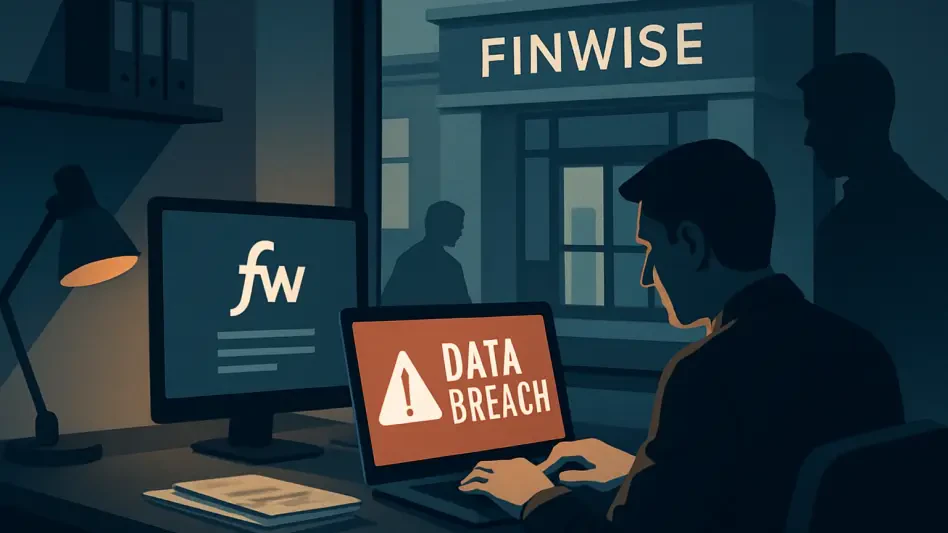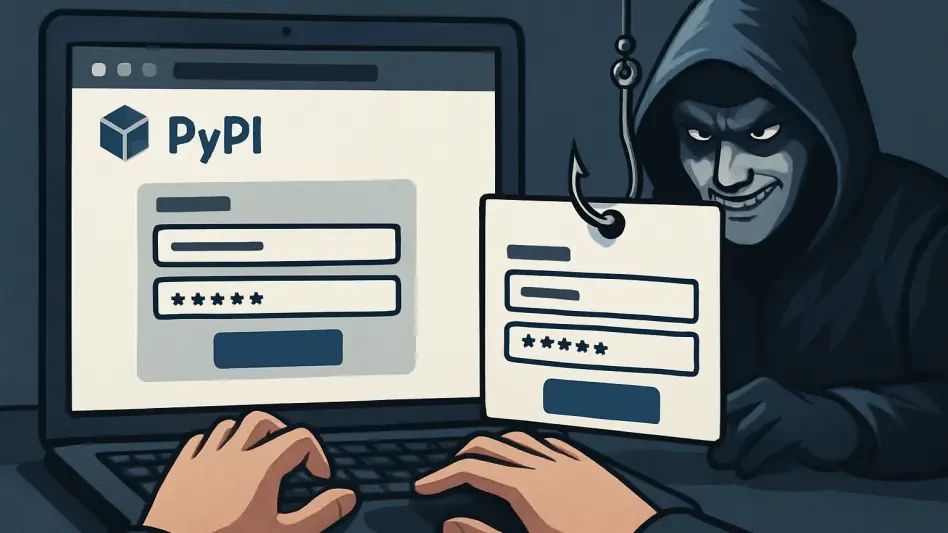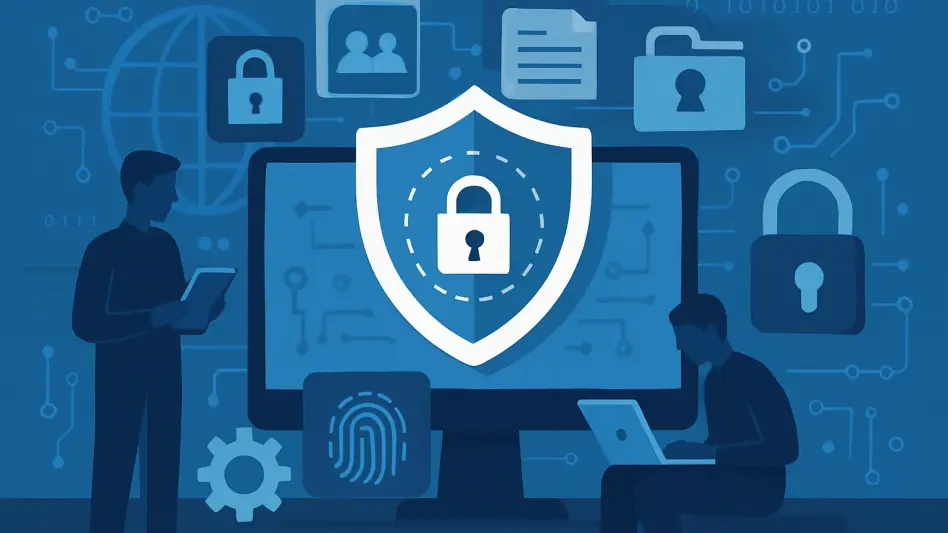What happens when the biggest threat to a financial institution isn’t a faceless hacker halfway across the world, but someone who once sat at the next desk? In a stunning revelation, FinWise Bank, a Utah-based fintech firm, disclosed a data breach that compromised the personal information of nearly 689,000 customers. Orchestrated by a former employee with lingering access to sensitive systems, this incident has sent shockwaves through the industry, exposing the dark underbelly of insider threats. This story dives deep into a betrayal that unfolded over a year ago, only recently coming to light, and raises urgent questions about trust and security in the digital age.
A Betrayal from Within: The FinWise Bank Scandal Unfolds
On May 31, 2024, a former employee of FinWise Bank exploited outdated access privileges to infiltrate the institution’s systems, accessing personal data such as customers’ full names. The breach, affecting not only the bank’s clients but also those of its partner lender, American First Finance, remained undetected for over a year until its discovery on June 18 of this year. This delay in identifying the unauthorized access has amplified concerns about the vulnerabilities hiding in plain sight within trusted organizations.
The scale of this incident is staggering, with 689,000 individuals left exposed to potential identity theft and fraud. The breach serves as a grim reminder that threats don’t always come from external forces; sometimes, the danger lies in those who know the system best. FinWise Bank’s reputation, built on safeguarding customer trust, now hangs in the balance as it grapples with the fallout of this internal betrayal.
Insider Threats: The Hidden Nightmare Haunting Fintech
Fintech firms like FinWise Bank operate in a high-stakes environment where data is the new gold, making them prime targets for insider threats. A startling statistic reveals that 61% of US companies have encountered such incidents, pointing to a pervasive issue that goes beyond isolated breaches. These internal risks are particularly insidious in the fintech sector, where employees often handle sensitive financial information that can be exploited with devastating consequences.
Unlike external cyberattacks, insider threats are harder to predict and prevent, often involving individuals with legitimate access who misuse it for personal gain or malice. The delayed detection in this case—over a year after the initial breach—highlights a critical gap in cybersecurity preparedness across the industry. As digital transactions continue to dominate, the need to address these internal vulnerabilities becomes more pressing than ever.
The Devastating Reach: Scale and Response to the FinWise Incident
The impact of the FinWise Bank breach is vast, with the personal data of nearly 689,000 customers, including those linked to American First Finance, exposed to potential misuse. The compromised information, while limited to details like full names in public disclosures, still poses significant risks in the hands of malicious actors. This incident underscores how a single breach can ripple through partnerships, affecting not just one entity but multiple stakeholders in the financial ecosystem.
Upon discovering the breach earlier this year, FinWise Bank launched an immediate investigation, enlisting external cybersecurity experts to assess the extent of the damage. As a remedial measure, the bank offered affected customers 12 months of free credit monitoring and identity theft protection. While these steps aim to mitigate harm, they fall short of addressing the core issue—how access controls failed to prevent a former employee from wreaking havoc long after leaving the organization.
Customers have been urged to stay vigilant, regularly reviewing financial statements and considering fraud alerts or credit freezes. Yet, the burden of protection seems to shift partly to individuals, raising questions about the adequacy of corporate accountability. The response, though swift once the breach was uncovered, reveals the limitations of reactive measures in the face of such profound lapses.
Industry Voices Weigh In: The Struggle Against Insider Risks
Kevin Kirkwood, Chief Information Security Officer at Exabeam, offers a stark assessment of the FinWise breach, pointing out that 90% of organizations lack the tools to effectively detect and counter insider threats. His insight paints a troubling picture of an industry ill-equipped to handle risks from within, especially in fintech, where customer data is both a valuable asset and a prime liability. Kirkwood’s commentary highlights a systemic challenge that transcends any single company.
The rise of sophisticated technologies, including AI-driven threats, adds another layer of complexity to this battle. Insiders can leverage such tools to exploit vulnerabilities at an unprecedented scale, making traditional defenses obsolete. Kirkwood emphasizes that without robust systems to monitor behavior in real time, breaches like the one at FinWise Bank will continue to slip through the cracks, leaving millions vulnerable.
His call for stricter access controls and better segmentation of sensitive data resonates as a critical need. No single employee, current or former, should hold the keys to an entire system—a principle that, if ignored, invites disaster. This expert perspective reinforces the urgency for the industry to evolve its defenses in line with emerging risks.
Fortifying Defenses: Steps to Prevent the Next Insider Breach
The FinWise Bank incident serves as a wake-up call for both organizations and customers to take proactive measures against insider threats. For companies, the priority must be revamping access management protocols, ensuring that credentials are revoked immediately upon an employee’s departure. Segmenting data access so no individual has unchecked power over sensitive information is another vital strategy to limit potential damage.
Investment in real-time monitoring tools can also make a significant difference, enabling firms to detect unusual activity before it escalates into a full-blown breach. Employee training programs, focusing on cybersecurity awareness and ethical data handling, are equally essential to cultivate a culture of accountability. These combined efforts could transform vulnerabilities into fortified lines of defense.
For customers, staying informed is key—regularly checking financial statements for discrepancies and setting up fraud alerts with credit bureaus can provide early warnings of misuse. Opting for a credit freeze offers an added layer of protection against identity theft. While individuals cannot control corporate security lapses, these steps empower them to safeguard their personal information in an uncertain landscape.
Reflecting on a Breach That Shook Trust
Looking back, the FinWise Bank breach exposed a raw nerve in the fintech world, revealing how even trusted insiders could turn into threats that jeopardized the lives of 689,000 customers. The incident, rooted in a failure to secure access post-employment, stood as a testament to the fragility of digital trust. It forced a reckoning within the industry about the unseen dangers that lingered long after an employee walked out the door.
The path forward demanded more than apologies or temporary fixes like credit monitoring; it required a fundamental shift in how organizations approached cybersecurity. Stricter access controls, real-time detection systems, and a commitment to ongoing employee education emerged as non-negotiable pillars for prevention. As the dust settled, the hope was that this breach would catalyze lasting change, ensuring that no customer would again bear the cost of an insider’s betrayal.








